A Comprehensive Analysis: Zika Virus in the Developing World
Background
The emergence of Zika virus, which originates back to the late 1940s, has drastically been accompanied by a significant uptick in the prevalence of cases around the globe. The original discovery of Zika virus took place in Uganda in 1947 and at this time, the virus was specifically thought to be indigenous to monkeys.
Five years later, however, in the year 1952, Zika was also identifiably found in humans. The original discovery of Zika in 1947 lay dormant for quite some time because it wasn't until some sixty years later, in 2007, that the first known outbreak occurred. Since then, Zika virus has and continues to afflict the world's most vulnerable populations, which is why this disease remains of heightened significance in the sphere of global public health (WHO, 2018).
Reference 1
Zika virus is a vector-borne illness mainly derived through the bite of an infected Aedes mosquito. This particular species of mosquito is very prevalent in tropical and subtropical climates because these areas often times are associated with dirty, stagnated waters, which is the perfect nesting ground for these disease-ridden vectors. The Aedes mosquitoes are not limited to just carrying the Zika virus. These pesky organisms can also transmit a number of other severe illnesses such as, dengue fever, chikungunya, among other viruses, too. Zika is found all across the globe in many countries of Africa, Asia, Central and South America, the Caribbean and Pacific Islands, as well as in North America.
Many of these regions contain populations that are considered to be 'more vulnerable' than most from a public health official's perspective, but Zika virus has began to make its way to even some of the world's most developed countries like the U.S. For this reason, along with many others, such as the fact that there is currently no vaccine available, remains why Zika virus is an extremely important public health issue which must be tackled from a holistic approach (CDC, 2018).
Epidemiology
As briefly mentioned above, Zika virus is a vector-borne illness mainly spread through the bite of an infected Aedes mosquito. There are two main species of Aedes mosquitoes that are significant when it comes to transmission of Zika virus. These two species are known as the Aedes aegypti and the Aedes albopictus.
The inherent difference, besides the fact that they are different species of the Aedes genus, resides in their overall feeding preferences, as well as their preferred living conditions. The Aedes aegypti tend to have an enhanced preference of feeding strictly on humans, whereas the Aedes albopictus, on the other hand, tend to feed on both humans and animals. While this may seem like a rather minute difference to most, it actually becomes quite important in terms of their likelihood of causing an infection.
Since the Aedes aegypti mosquito usually resides in close proximity to humans and generally prefers to feed on humans, this species of Aedes, as a result, is subsequently more likely to spread Zika virus. The Aedes aegypti, however, are limited in regards to the fact that they are unable to readily adapt to broader temperature ranges, thus we do not see them as actively present as the Aedes albopictus in cooler regions. Although transmission via an infected mosquito is the main route of exposure for developing Zika virus, there are a few other ways which Zika may also be spread. A person who is already infected with the disease may pass it along to his/her partner during oral or sexual intercourse (CDC, 2018).
Reference 2
Symptoms associated with Zika virus are often times sought as mild or infected individuals may be completely asymptomatic and show no symptoms whatsoever. This particular factor may significantly increase the number of cases occurring via sexual transmission, thus it remains highly important to use prevention measures when undergoing risky health behaviors. The main concern that Zika virus is often characterized by is the ability for the virus to be transmitted from mothers to the developing fetus during pregnancy.
This mode of transmission is by far and away the most significant public health concern in terms of this particular disease due to the detrimental health impacts affecting the fetus. Significant sequelae has been identified to transpire as a result and may include: severe fetal brain defects, such as Congenital Zika Syndrome, and in worst case scenarios, death may occur. Congenital Zika Syndrome can be described in detail by specific features ranging from microcephaly all the way to damage of the eyes and joints, which may consequentially lead to many other health complications as well.
With all of this said, it is very important that pregnant women take all possible precautionary measures to ensure their own safety, as well as the safety of their child, even if they do not feel sick or elicit any signs or symptoms. Recapitulating, mosquito-borne, sexual and mother-to-child transmission are the three main ways in which this viral disease may be spread. Two other, much less documented modes of transmission by which Zika may be spread include: via blood transfusions and exposure in laboratory/health care settings.
Immediate risk factors that put an individual at greater risk of developing this disease include: traveling to a region where recent outbreaks have occurred, living in impoverished areas where infrastructure and health care services may be inherently pitiable and engaging in unsafe sex practices. Individuals that live in tropical and subtropical climates are at higher risk of developing an infection. Regions that fall under this category would be islands of the Pacific region, many countries of Central and South America, as well as many countries of Central and West Africa (Mayo Clinic, 2017).
Clinical Disease and Treatment
The symptoms that generally arise from this disease are typically classified as mild and may last anywhere from a few days to a week. Symptoms may include: fever, rash, headache, joint pain, conjunctivitis and muscle pain or weakness. Recently, there has been a rising concern with the increase in number of cases being seen where Guillain-Barré syndrome has developed.
Many times, however, no symptoms at all will be experienced, so a trip to the doctor's office remains rather unlikely, that is, unless of course, a pregnant woman becomes infected with Zika virus. If a pregnant woman comes down with this viral disease, then adverse health effects are exceptionally likely, although not guaranteed, to occur during fetal development or even after her child has been born (CDC, 2018).
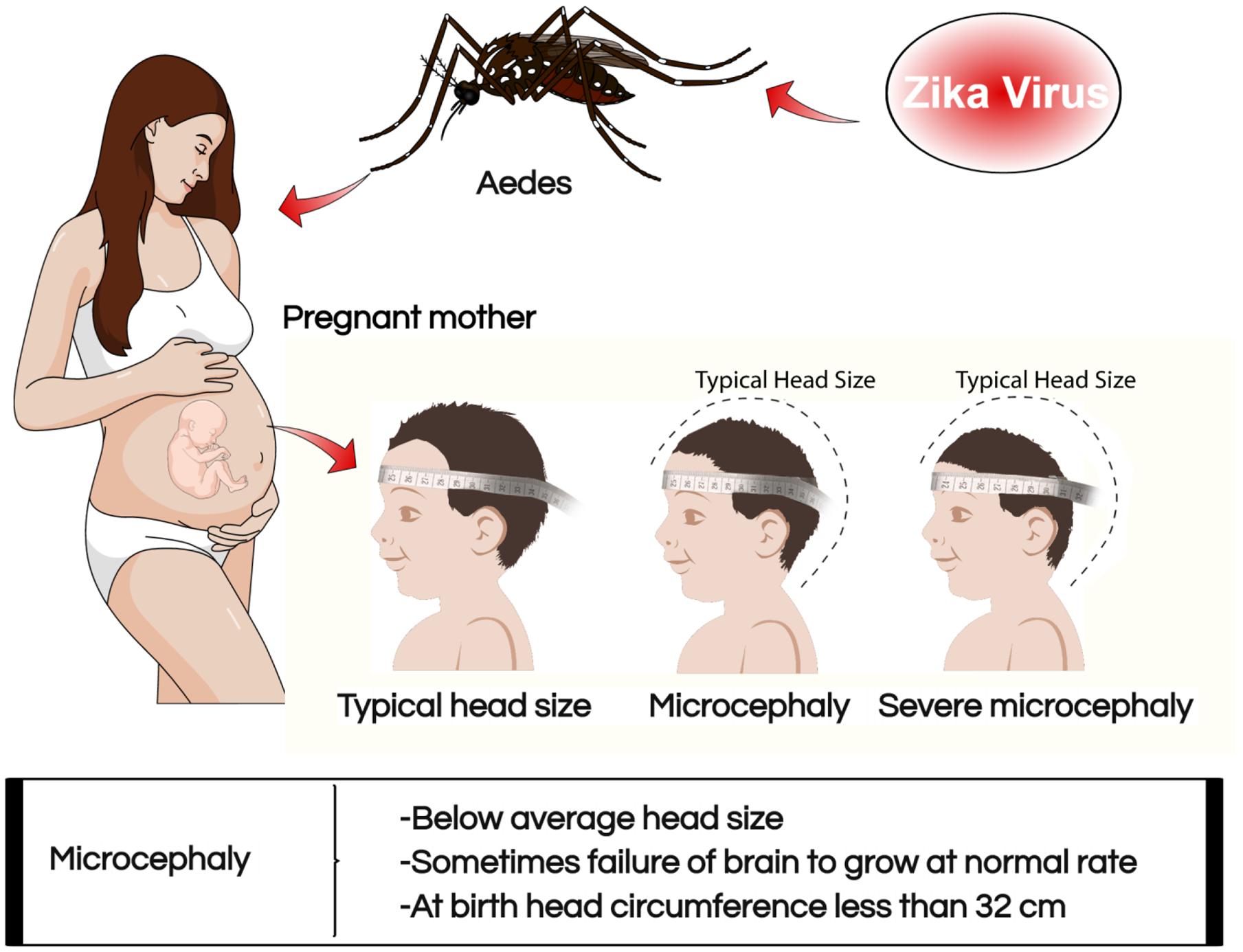
While there remains many unanswered questions regarding this particular aspect and how Zika virus affects pregnancies, it is well known that the birth defects from such transmissions are very deleterious. Babies may develop a condition, known as microcephaly, where their heads are abnormally small due to abnormal brain development from a collapsed skull. If a severe case of microcephaly develops, it can lead to other health complications such as, visual and auditory impairment (Mayo Clinic, 2017).
Blood or urine specimens are tested in order to confirm a Zika virus infection diagnosis. More specifically, these specimens are generally tested via reverse transcriptase- polymerase chain reaction assays in order to gather all necessary information about the case. Such tests will allow for health professionals to clearly distinguish whether or not the patient meets the case definition of a Zika virus infection. Unfortunately, there is no current vaccination available to help fight against this infectious disease which continues to migrate to new regions around the world (Brasil et al., 2016).
Reference 3
Prevention and Public Health Measures
Since no vaccination is readily available to help protect against this viral infection, specific measures should be undertaken in order to effectively mitigate the chances of contracting Zika virus. Some very simple techniques, such as using protection during sex and trying to avoid mosquitoes altogether should be employed to reduce the risk of exposure. For individuals living in areas with poor housing, mosquito nets would be an ideal way to provide protection from being bitten.
Also, simply wearing long sleeves and pants when going outside would provide an extra layer of protection. For individuals living in better equipped housing, consider staying inside where the air is cool and circulating. Another tactic, which may seem rather obvious, would be to apply insect or mosquito repellent before going outside. This will help to ensure your safety when entering mosquito infested areas, or when going outside during probable feeding hours, which are generally from dawn to dusk.
Mosquitoes generally thrive where stagnant water is present, thus reducing mosquito breeding grounds by turning over any water collection bins, pots, or other items which may easily collect water will significantly reduce mosquito populations in and around the home. Zika virus outbreaks are very widespread, but an often intensified number of outbreaks occur in regions with tropical and subtropical environments, as well as in places with high rates of poverty.
This generally equates to many, although not inherently limited to, several countries of Africa, Central and South America, as well as the Pacific islands. Taking this knowledge into consideration, it would be smart to avoid traveling to such areas where an outbreak is more likely to occur, especially if you are female and are or looking to become pregnant. Since this viral disease continues to reap havoc in many regions around the globe, it remains very important that researchers continue to work hard toward finding an ultimate vaccine to help protect against Zika virus infections (Mayo Clinic, 2017).
Reference 4
If you thought this post was enjoyable, informative, and/or valuable to your time here, then please consider upvoting and resteeming so more people are able to see my work here on steemit
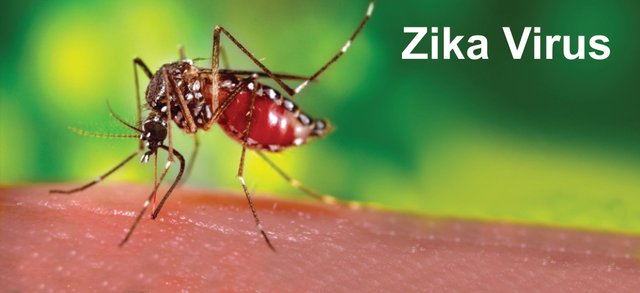
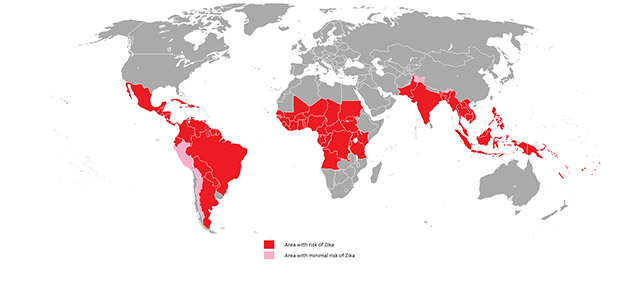
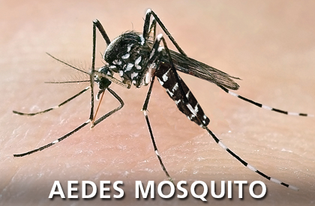

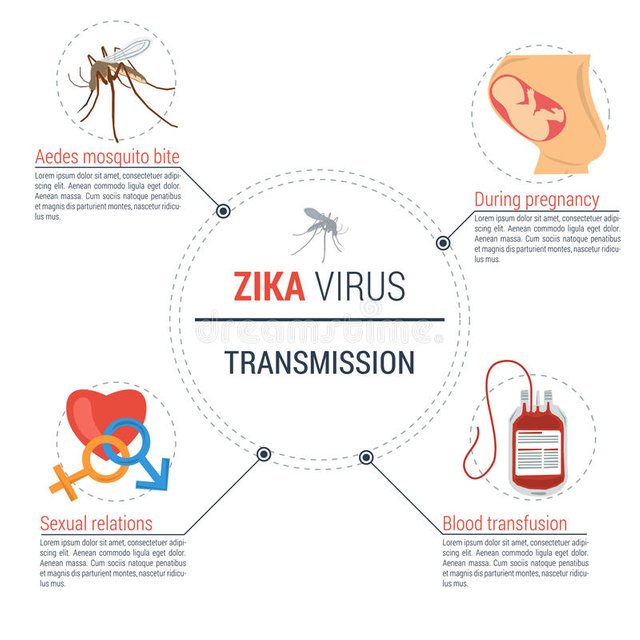
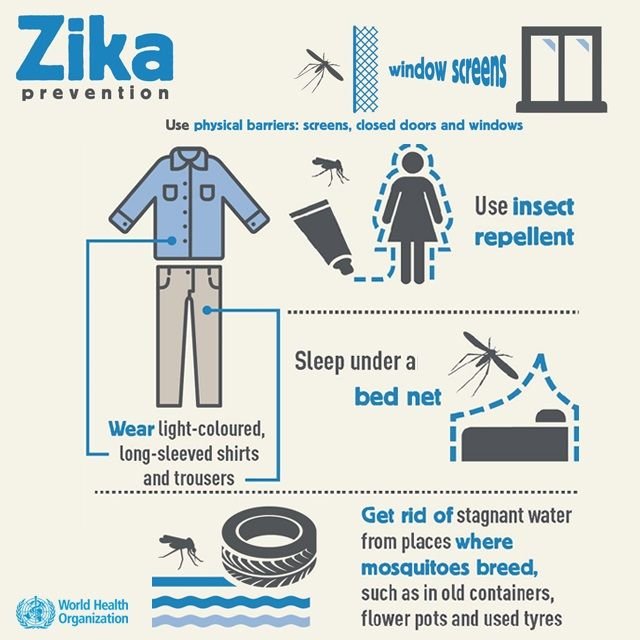
If I had the power mosquitoes would extinct by now. Zika virus is quite strange and hence the need for pregnant women to take precautions. Amazing post @conradsuper
Yeah, they are definitely pesky asf and carriers for many nasty diseases that have a negative impact on human health. I really hope a vaccine is able to be developed in the next few years or so that we see a decline in the number of cases where zika is passed from mother-to-child during pregnancy.
Thanks for dropping by, i really appreciate you taking the time to give my work a look
Cheers mate:)
Thanks for the info! It sounds like trials for a Zika Virus vaccine are going well so hopefully that will help with all of this.
Really, I am not too sure as to how far researchers have gotten in terms of a successful vaccination against Zika virus, but I really do hope a breakthrough is able to be made in the coming years.
Thanks for dropping by!!
To listen to the audio version of this article click on the play image.

Brought to you by @tts. If you find it useful please consider upvote this reply.